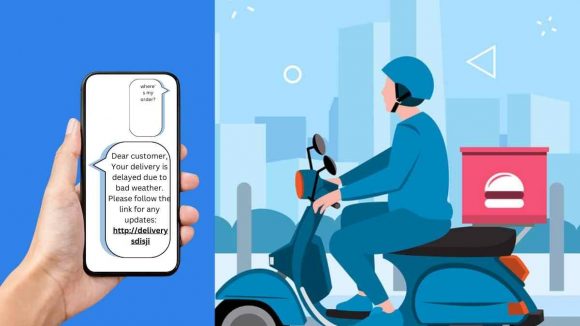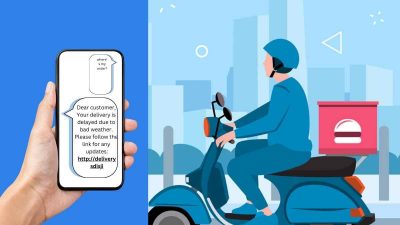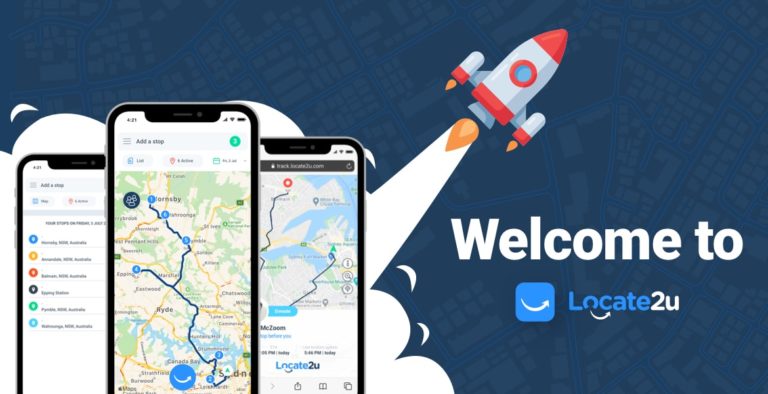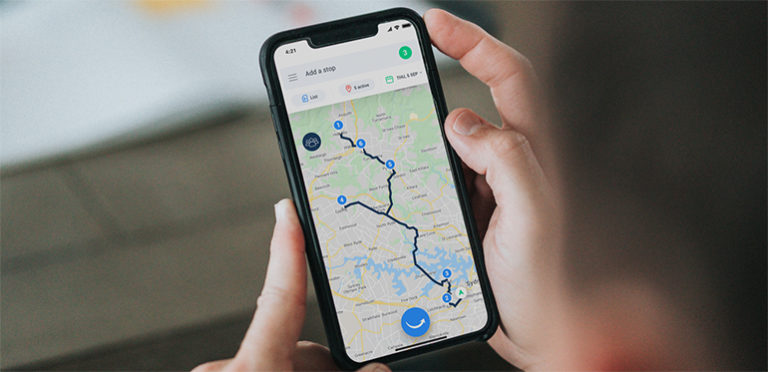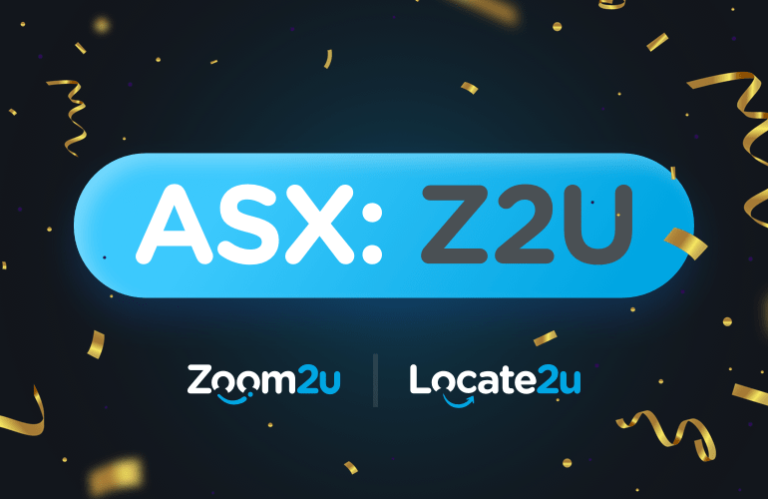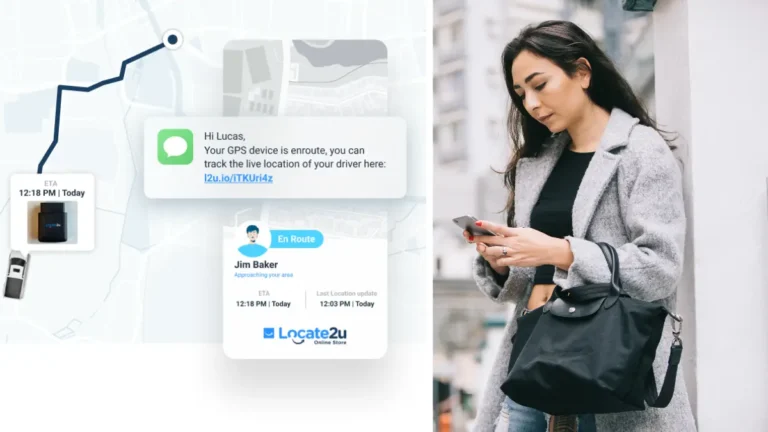Are you relying on deliveries, service calls, or mobile workforces? Then route optimization is one of those software you can’t live without.
But not all software comes with the same tools, features and capacity. Some promise efficiency but fail to consider real-world challenges like traffic, weather, and delivery time windows. If your route optimization software isn’t keeping up, it might cost you more than you think.
So, how do you know if your routing software tool is up to the task? Let’s examine it.
What Are Route Optimization Tools?
Route optimization is finding the most efficient routes for deliveries, service calls, or pickups.
But what makes it different from commonly used basic GPS navigation is that route optimisation software considers multiple factors, such as:
- Traffic patterns
- Delivery time windows
- Vehicle capacity
- Driver availability
- Weather conditions
The goal? It all comes down to improving the last-mile delivery experience. You want to minimize drive time, reduce fuel costs, and ensure on-time deliveries while maximizing operational efficiency.
Why Do You Need Route Optimization?
Without proper route optimization, businesses face several challenges:
- Higher fuel and labor costs – Longer routes lead to unnecessary expenses.
- Missed or delayed deliveries – Poor planning can lead to late deliveries and losing customers.
- Increased wear and tear on vehicles – Unoptimized routes mean extra mileage and more pressure on tires and car parts.
- Lower productivity – More time on the road means fewer jobs completed per day.
The right route optimization software helps businesses plan operations better and improve customer satisfaction, which ultimately positively impacts profitability.
Different Types of Route Optimization
Not all route optimization tools work the same way. Let’s quickly examine the different types on the market.
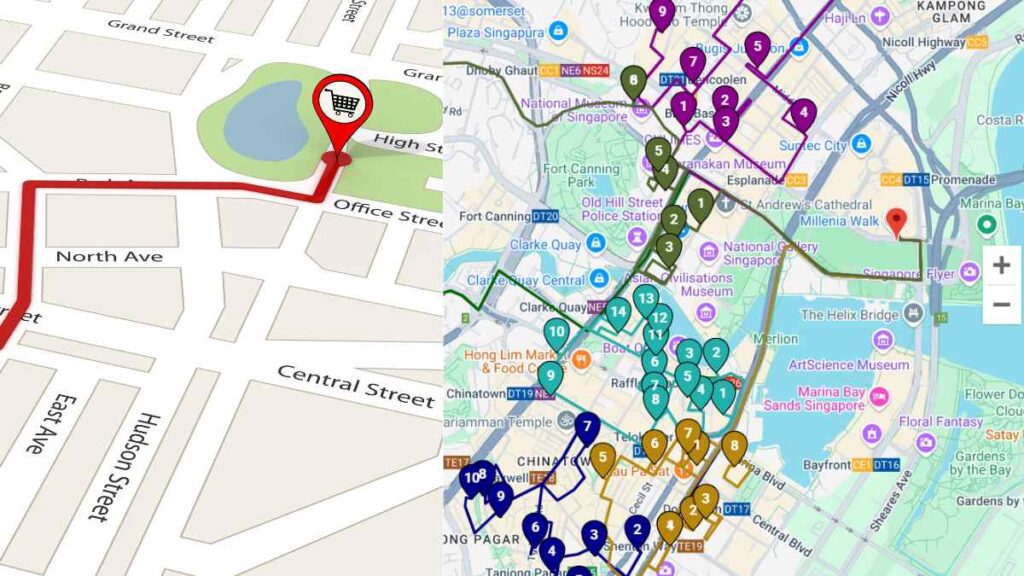
Basic GPS Navigation
It’s ideal for small businesses with one delivery driver who makes one or two daily deliveries. The output is easy to manage and not complicated at all.
Basic GPS navigation gives directions to drivers, but it however lacks advanced optimization features.
It fails to factor in real-time conditions like traffic congestion or multiple stops. When the business starts growing, it won’t be able to cope with managing multiple vehicles with the same essential tool.
To improve customer satisfaction, it must be upgraded to an automated system that can determine optimal routes within seconds.
Static Route Planning
Static route planning creates fixed routes based on pre-set schedules.
These businesses tell customers that they can only give them an indication of the delivery window on the day of the delivery. Usually, it’s a four—to six-hour window, which makes it still difficult to plan.
However, static planning works well for companies with consistent deliveries to the same addresses. Their schedule never changes.
But keep in mind that there are no real-time updates. So if there is a sudden traffic jam or weather conditions impacting the road, the delivery management team has to jump in and manually address the delays and explain them to customers.
Dynamic Route Optimization
Dynamic route optimization uses real-time data to adjust routes on the go. For example, when new deliveries are streaming in, the routes are adjusted.
It also considers the following:
- weather conditions,
- traffic patterns,
- truck/vehicle capacity,
- driver skill set.
Dynamic route optimization is ideal for delivery companies, field services, and logistics operations.
The Smarter Route Optimization Choice
Mapping apps only provide navigation, but there are smart route optimization software that takes it to the next step.
Here are some of the benefits of smarter route optimization software:
- Real-time route adjustments – Keeps up with unexpected changes.
- Live tracking – Improves customer visibility and reduces missed deliveries.
- Multi-stop optimization – Handles complex delivery schedules effortlessly.
- Geofencing & alerts – Enhances security and efficiency.
Businesses that rely on precise, time-sensitive deliveries use smarter route optimization.
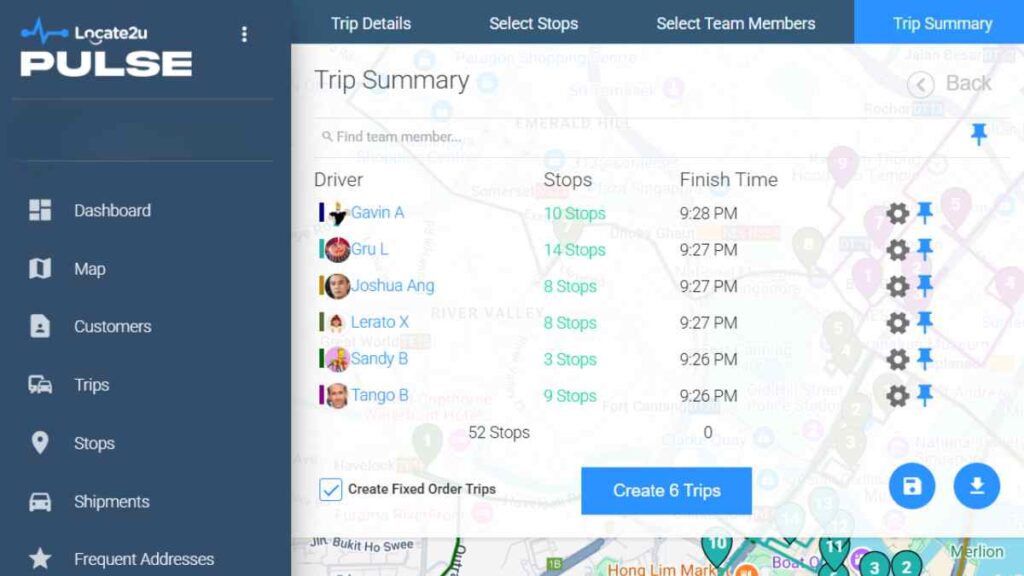
Time-Sensitive Deliveries Use Route Optimization
A seafood business in South Australia is using route optimization software after years of manual scheduling of delivery orders.
Madam Seafood CEO Jack Lee says Locate2u’s route optimization software seamlessly integrates with their Shopify site, allowing customers to choose their delivery dates and times at checkout.
The system automatically organizes orders, creates optimized routes, and provides customers with a real-time tracking link.
wistia-player[media-id=’gmksrqx0gk’]:not(:defined) { background: center / contain no-repeat url(‘https://fast.wistia.com/embed/medias/gmksrqx0gk/swatch’); display: block; filter: blur(5px); padding-top:56.25%; }Free Route Optimization Apps vs. Paid Versions
Many businesses start with free route planning apps with significant limitations.
While free apps may work for individuals or small teams, businesses with high delivery volumes need more advanced solutions to stay competitive.
Advanced technology helps drivers work more efficiently, and affordable driver apps with route optimization software offer more features than basic versions.
Here are the key capabilities to look for in paid versions:
- It saves time, reduces costs, and improves productivity.
- Automates complex tasks for smoother operations.
- Includes strong customer support and training.
- Trusted by industry leaders and backed by positive reviews.
You might not have the budget for expensive software and tools right now. However, the cheapest software is not always the best investment.
Budget software lacks advanced tools like real-time tracking or automation, limiting your business from growing.
Just remember, cheap software might have hidden costs. Additional charges might often be added later once they have your buy-in.
How To Choose The Right Route Optimization App?
Route planning can be daunting if you have multi stop routes to consider, and you are trying to figure it out every day manually with a spreadsheet, pen, and paper.
Investing in software is the best way, but how do you know which route planner will suit your business needs the best? Here’s a quick guide.
Step 1: Check if the app fits your delivery needs.
Step 2: Ensure it’s user-friendly for both drivers and dispatchers.
Step 3: Verify cost savings and efficiency improvements.
Step 4: Confirm smooth integration with your existing systems—ask for support if needed.
Step 5: Read reviews and case studies to see real user experience.

Why You Need to Invest in Route Optimization Software
So, it makes financial sense to invest in robust route optimization tools, as it pays off in multiple ways.
- It helps with reducing fuel and labor costs.
- With route optimization, drivers get more deliveries done in less time.
- It ensures on-time arrivals, and there are fewer risks of losing customers.
- Route optimization grows with your business.
About the author
Mia is a multi-award-winning journalist. She has more than 14 years of experience in mainstream media. She's covered many historic moments that happened in Africa and internationally. She has a strong focus on human interest stories, to bring her readers and viewers closer to the topics at hand.

